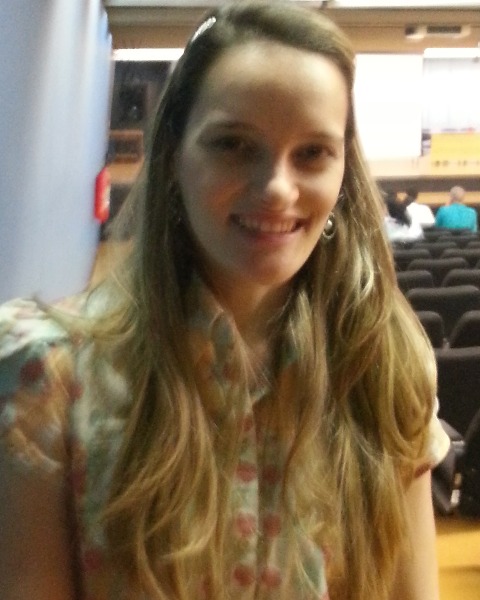P-IE
10-Minute Paper
Cereal straw mulching in strawberry - a facilitator of plant visits by edaphic predatory mites at night

Fernanda de Cássia Neves Esteca
University of São Paulo
Piracicaba, Brazil- NT
Nina Trandem
Faculty of Environmental Sciences and Natural Resource Management, Norwegian University of Life Sciences (NMBU)
Ås, Akershus, Norway - IK
Ingeborg Klingen
3 Biotechnology and Plant Health Division, Norwegian Institute of Bioeconomy Research (NIBIO)
Ås, Akershus, Norway - JS
Jandir Cruz Santos
Centre for Biodiversity Genomics
Guelph, Ontario, Canada - IJ
Italo Delalibera Junior
ESALQ/USP
Piracicaba, Sao Paulo, Brazil - GM
Gilberto José Moraes
Universidade de São Paulo (ESALQ/USP)
Piracicaba, Sao Paulo, Brazil
Presenting Author(s)
Co-Author(s)
In Norway, most strawberry producers use mulching with cereal straw to protect berries from wet soil and control weeds. We hypothesized the organic matter exposed on the soil surface for a period of two years in a strawberry crop maintains predatory mites and these climb to strawberry plants at nighttime. The objective this study was to compare the diversity of mites in cereal straw for different periods of exposure in the strawberry field, evaluating the possible migration of these mites to plants at night. Two experiments with potted plants were carried out in 2019 with three treatments each (Early season: Treatments: T1, pots without straw; T2, oat straw of 2018; T3, oat straw of 2017. Mid-season: Treatments: T1, pots without straw; T2, barley straw of 2018; T3, barley straw mixture of 2017-2018). The results suggest that the use of mulching allows the maintenance of greater number of predatory mites in the strawberry crop. The encounter of predators at night confirmed the initial hypothesis of the importance mulching as a source of organisms. The predominant mites in the leaflets were Melicharidae (Proctolaelaps sp.) (Early season, T2), Blattisociidae (Lasioseius sp.) (Early and mid-season, T3) and Phytoseiidae (Mid-season, T2). Parasitus consanguineous Oudemans & Voigts, 1904 was the predominant species (Early season, T3) at the base of the plants. Anystidae were seen only during the day in the leaflets. Future studies should include the determination of the predation potential of Proctolaelaps sp. and Lasioseius sp., and their effect in two-spotted spider mite.

